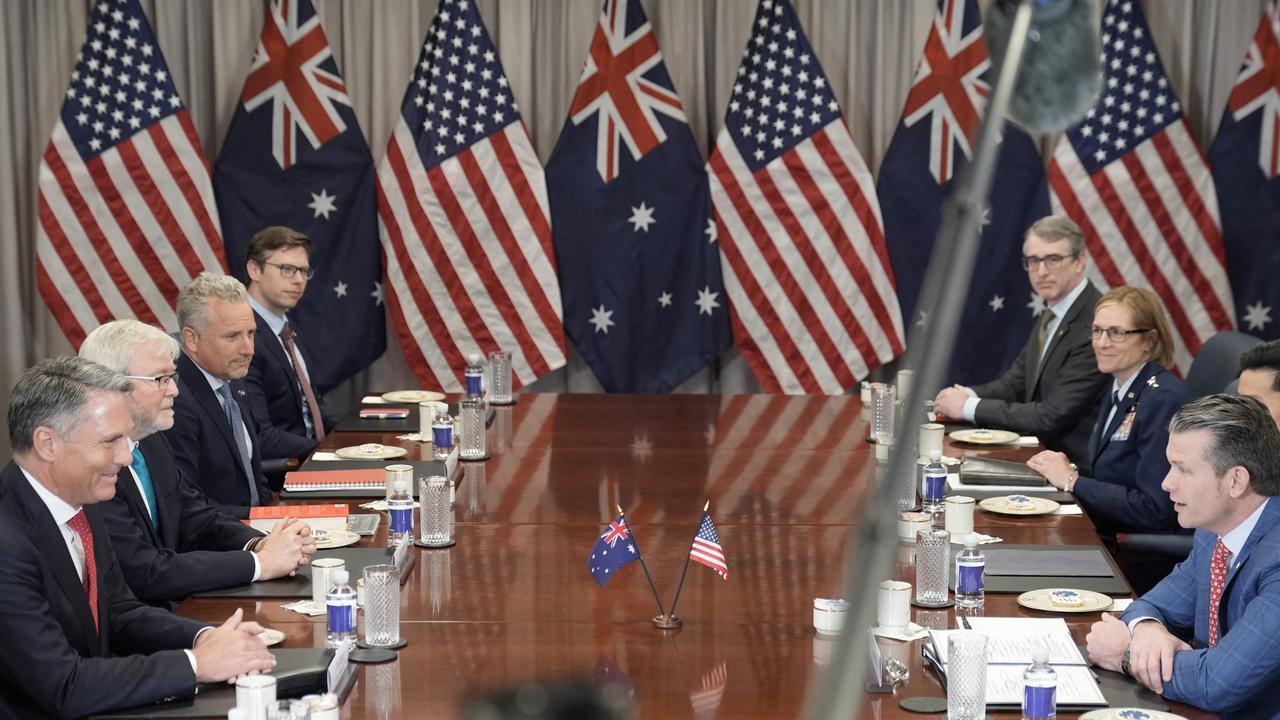Bushfires: Victoria wide of mark on target burn-offs in 2019
Victoria carried out just over half the fuel reduction burns it planned in 2019, burning one-third of what was recommended.

Victoria carried out just over half the fuel reduction burns it planned in 2019, ultimately burning one-third of the public land that had been recommended by the Black Saturday bushfires royal commission.
The figures have been condemned by bushfire experts and landholders in fire-affected areas, with one accusing Victoria’s Department of Environment, Land, Water and Planning and the Andrews Labor government of trying to avoid accountability by moving from a hectare target to a less transparent “risk reduction target”.
The information has come amid a horror fire season that has seen 25 people killed and thousands of homes lost in southeastern Australia, with at least two to three months of hot, dry conditions to go.
The forest industry and the CFMEU have called for fuel loads in national parks to be aggressively managed through hazard reduction burning and selective logging.
An Andrews government spokeswoman on Wednesday said DELWP conducted 251 planned burns totalling 130,044ha in 2018-19, as well as applying “other fuel management methods” to 12,034ha.
“In 2018-19, DELWP approved 246,396ha of public land for planned burning should conditions be appropriate for controlled fire,” she said.
The 130,044ha constitutes just 53 per cent of the 246,396ha of planned burns, and 34 per cent of the target recommended by the Black Saturday royal commission. A key recommendation of the 2010 commission, accepted by the Brumby Labor government at the time, was that the Victorian government significantly boost its level of fuel reduction from the then current annual level of 130,000ha, or about 1.7 per cent of public land, to 5 per cent of public land, or about 385,000ha.
The 2018-19 figures show DELWP did not even try to meet the commission’s recommendations in setting its target, with the 246,396ha of planned burns constituting just 64 per cent of the recommended 385,000ha.
While weather conditions have at times caused a cancellation of planned burns, some have also been hampered by green groups.
Near the Victorian town of Nowa Nowa, among communities evacuated as the East Gippsland fires roared through the region last week, a controlled burn in September was delayed and then significantly reduced.
The prescribed burn at Nelsons Road, Nowa Nowa, was initially intended to cover 370ha of land to the south of the town in September, but protests resulted in it being delayed until the following month.
Even then, only 9ha was burned after “community consultation”, with some mulching and slashing also done in the area.
“The current bushfires did not reach the Nelsons Road burn but another nearby planned burn at Radar Hill played a significant role in helping to stop the fire,” a DELWP spokesman said.
Former CSIRO fire scientist David Packham slammed the Andrews government’s 2015 decision to move from hectare targets to “risk reduction targets”.
“Hectare targets were a process by which the department and government could be held accountable,” he said. “Such people don’t like being held accountable, especially when they’re doing the best they can to subvert what the commission came up with.”
Mr Packham also attacked the government for its refusal to release DELWP mapping of fuel loads across the state, which were previously publicly available.
DELWP last year demanded a fee of $1294.80 from the Weekly Times to process a Freedom of Information request for copies of the maps, and a state government spokeswoman this week told The Australian that publishing them “would be giving a map of where to start a fire to arsonists”.
“The level of secrecy from DELWP would make a nuclear research facility jealous,” Mr Packham said. He said he believed that even the 5 per cent target recommended by the royal commission was insufficient. “The royal commission originally concluded that 5-8 per cent ‘at a minimum’ would be appropriate,” he said. “When the final report came, the 5-8 had turned into 5 per cent and the word ‘minimum’ had disappeared.”
Fourth-generation mountain cattleman Bruce Commins, 66, said “mismanagement of the bush” through a lack of controlled burning was to blame for the severity of the current fires.
The East Gippsland farmer’s home north of Swift’s Creek and 2000ha grazing property near Benambra remain under threat from fires that have been burning since November 21. “I’m devastated by this,” said Mr Commins, a CFA volunteer for more than 45 years.
“The environmental damage that’s been done is beyond belief.
“I really thought that after Black Saturday we would have had a change, but the royal commission recommendations just haven’t been followed in terms of fuel reduction burning. That is the issue — the fuel.”
Forest Fire Management Victoria chief Chris Hardman said the move away from hectare-based targets had been endorsed by an expert reference panel and was adopted “because it represented a more effective approach to reducing risk for life and property than a hectare-based target”.





